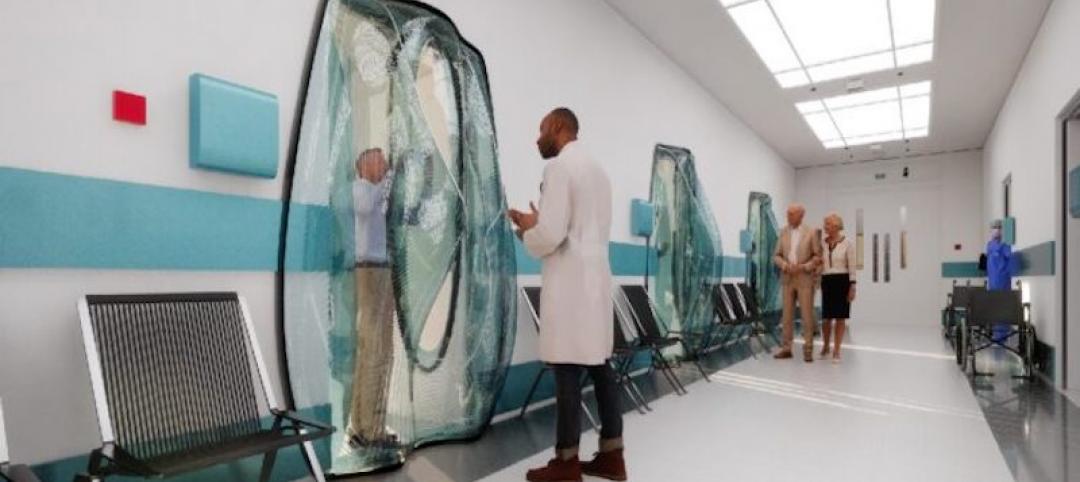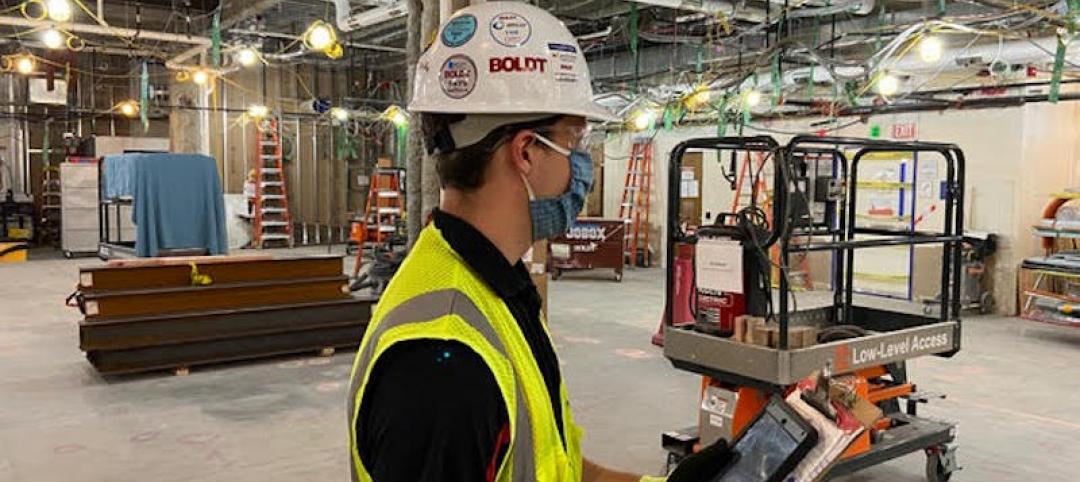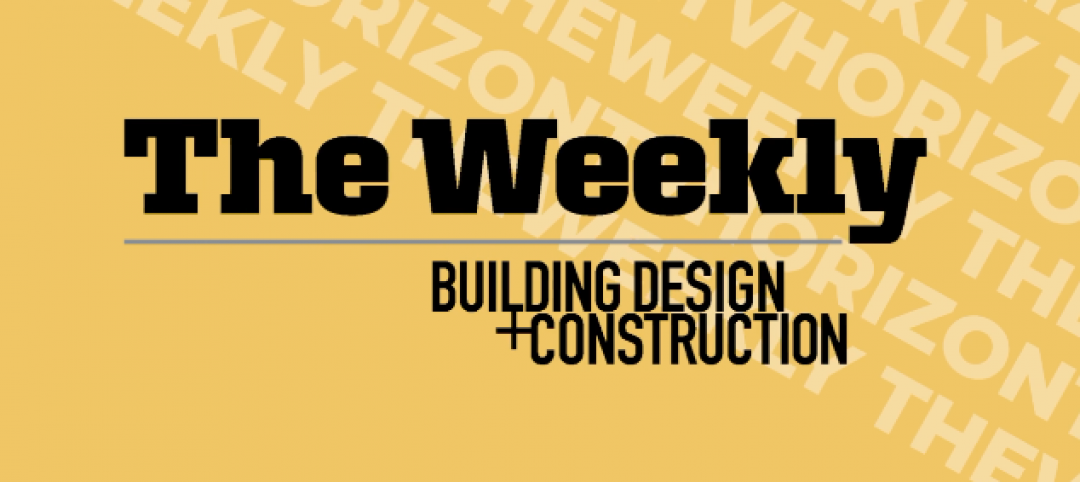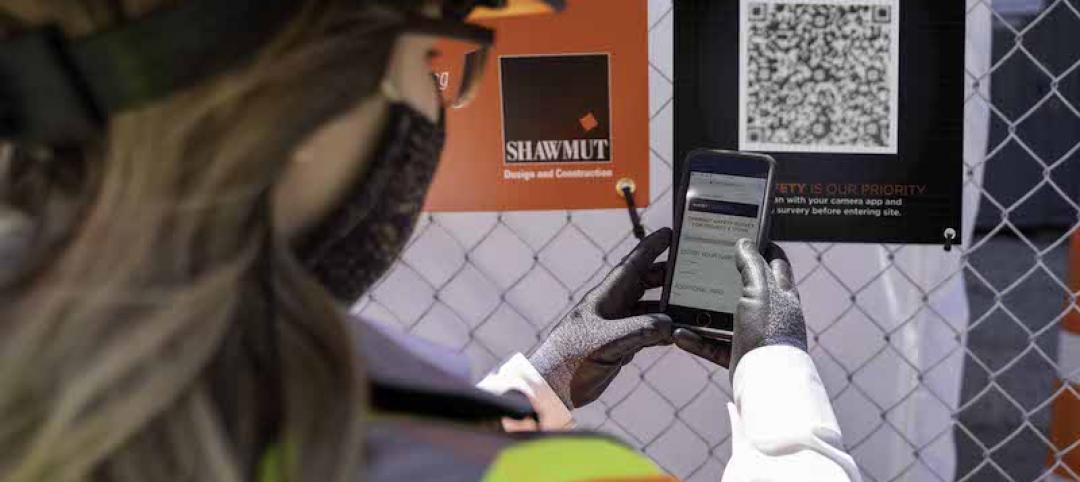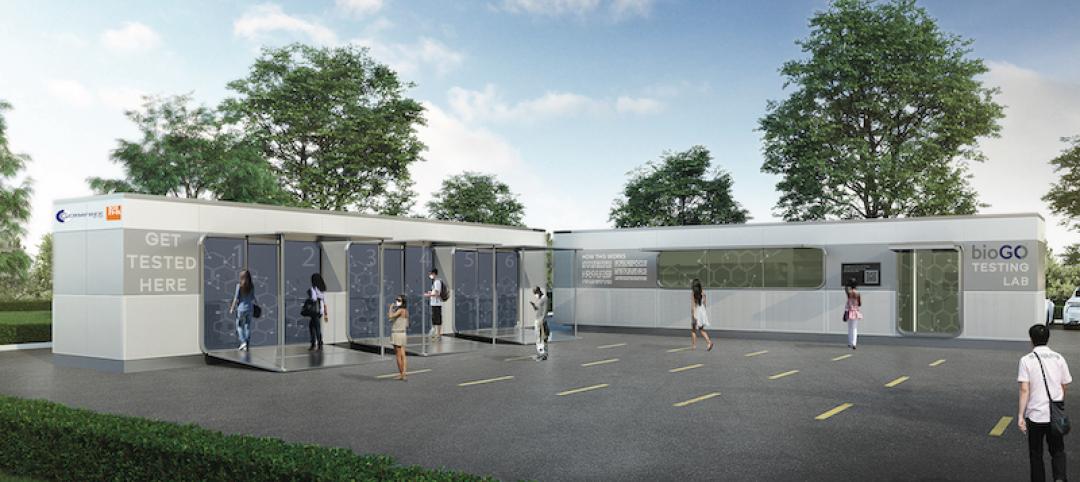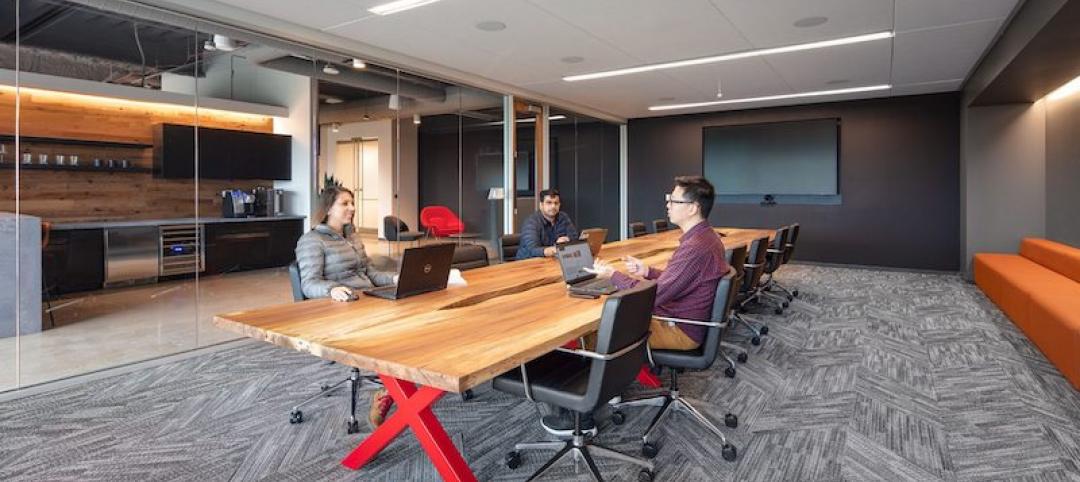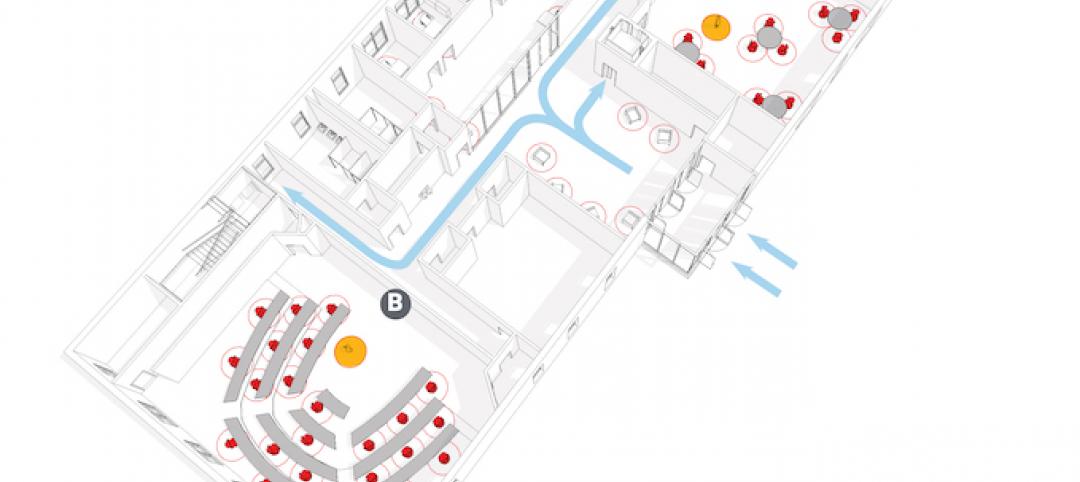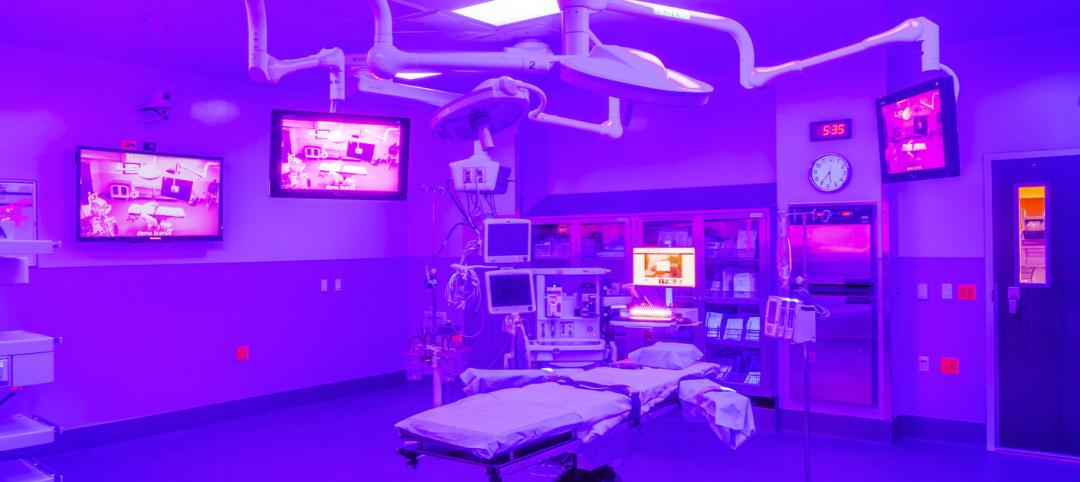In its second survey of 11.5 million units of professionally managed apartment units across the country, the National Multifamily Housing Council (NMHC) found that 84% of apartment households made a full or partial rent payment by April 12, up 15 percentage points from April 5.
NMHC’s Rent Payment Tracker numbers also examined historical numbers and found that 90% of renters made full or partial payments from April 1-12, 2019, and 91% of renters in March 1-12, 2020. The latest tracker numbers reflect a payment rate of 93% compared to the same time last month. These data encompass a
“It appears that the vast majority of apartment residents who can pay their rent are doing so ... so apartment owners can help residents who legitimately need help,” said President Doug Bibby. “Unfortunately, unemployment levels are continuing to rise and delays have been reported in getting assistance to residents, which could affect May’s rent levels."
Bibby said that, as apartment residents begin receiving the direct payments and enhanced unemployment benefits from the federal government, "we will continue to see improvements in rent payments.”
CLASS A PROPERTIES DOING BETTER ON RENT PAYMENTS THAN WORKFORCE HOUSING
“Anecdotally, we are hearing that different parts of the industry are experiencing different levels of rent payments,” said David Schwartz, NMHC Chair and CEO Chairman of Chicago-based Waterton. “As you would expect, more expensive Class A properties, whose resident base may be more able to work from home, are reporting much higher percentage of rent payments than operators of more affordable workforce
"History offers us no frame of reference for the truly unprecedented economic situation we find ourselves in,” said Bibby. "With apartment firms stepping up to support their residents by waiving late fees, creating flexible payment plans and offering other creative solutions for residents impacted by COVID-19, we expected more renters to pay later in the month than has historically been the case. The increase in this week’s number over last week’s, however, shows that apartment residents are continuing to pay rent despite the financial challenges facing them.”
The NMHC Rent Payment Tracker metric
HOW NMHC'S PAYMENT TRACKER WORKS
The NMHC Rent Payment Tracker is a cumulative data tool. Every week, the PMS providers submit two data points to NMHC: the percentage of apartment households that paid their rent for a specific time period and the total number of occupied units in their data universe (with certain exclusions). Data is submitted weekly on the following schedule: week one: from the first day of the month through COB on the 5th, week two: from the 1st through COB on the 12th , week three: from the 1st through COB on the 19th and finally from the 1st through the last day of the month, giving a monthly data point for the "percent who paid." To recap, the "percent who paid" number will increase each week, until we reach our final “percent who paid” number for the month.
Partial payments or conversions of security deposits into rent (which some property management firms are allowing) are captured once, when the first partial payment is accepted to avoid having them double counted. Subsequent partial payments are not captured in the data because the metric is “what percent of renters paid some/all of their rent” in a given month. Additional payments made by the same resident in the month would increase the total amount of rent paid, but this metric does not measure that.
The NMHC Rent Payment Tracker is powered by Entrata, MRI Software, RealPage, ResMan and Yardi. More information on the NMHC Rent Payment Tracker can be found here. Additional NMHC resources, data, and materials can be found here.
Related Stories
Coronavirus | Jun 23, 2020
A look back at design standard shifts: ADA vs. COVID-19
The short story is official design guidelines are slow to be developed and made into law.
Coronavirus | Jun 23, 2020
WATG designs solution for isolating without sacrificing social connectivity
The design was inspired by oriel bay windows.
Coronavirus | Jun 22, 2020
Boldt creates an innovation task force to speed up safe opening of jobsites, 14 offices
Boldt creates an innovation task force to speed up safe opening of jobsites, 14 offices
Coronavirus | Jun 19, 2020
Experts address COVID-19's impact on nursing homes and schools on The Weekly
The June 18 episode of BD+C's "The Weekly" is available for viewing on demand.
Coronavirus | Jun 18, 2020
Brown University tops off first housing building in three decades
The facility, scheduled for completion next April, will combine a residence hall with student health services.
Coronavirus | Jun 17, 2020
HOK and Germfree partner to design mobile COVID-19 testing lab
Access to quick, reliable, and repeated testing has been one of the greatest challenges for businesses, institutions and individuals during the COVID-19 crisis.
Coronavirus | Jun 17, 2020
Guiding changes in the workplace: Past, present, and future
Since the COVID-19 pandemic, many companies are managing sudden change as they assess the impact on workplace design and how people use spaces.
Coronavirus | Jun 14, 2020
A new report on how campus buildings can reopen safely
Leo A Daly white paper suggests dividing students into smaller “cohorts,” and assigning bathroom spaces.
Coronavirus | Jun 12, 2020
BD+C launches 'The Weekly,' a streaming program for the design and construction industry
The first episode, now available on demand, features experts from Robins & Morton, Gensler, and FMI on the current state of the AEC market.
Coronavirus | Jun 9, 2020
Going viral: How the coronavirus pandemic could change the built environment
Architecture and construction firms—and their clients—are asking new questions about infection control as it pertains to people assembly, building wellness, and technology.




